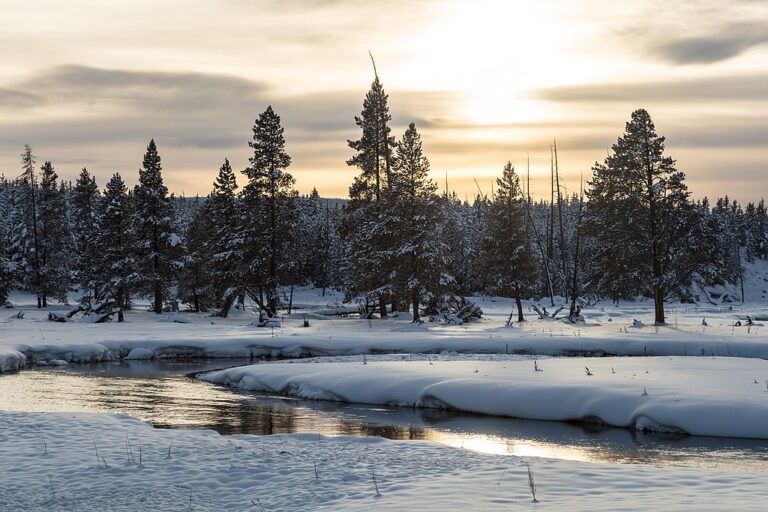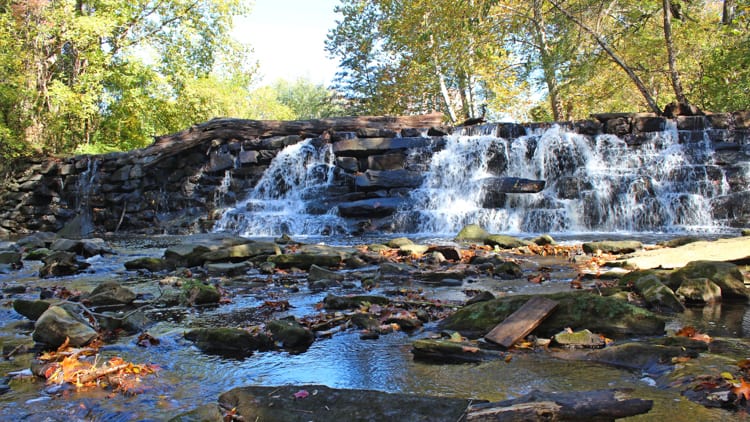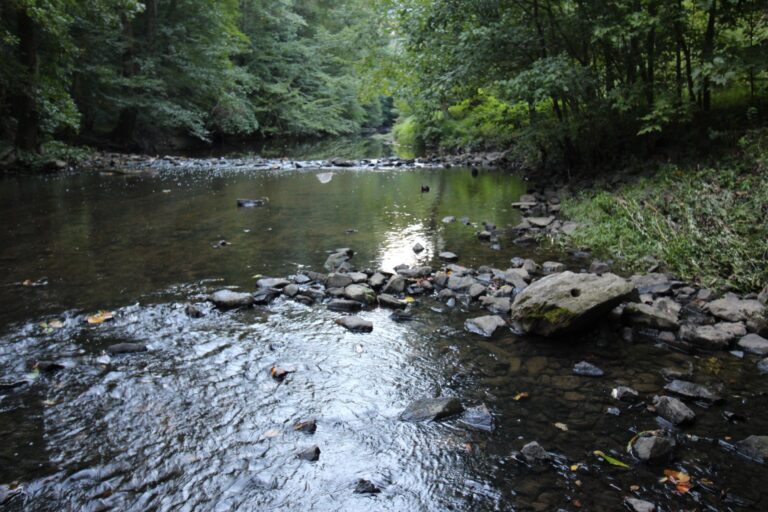10 Simple Ideas for Homeschool Nature Study in Cold Weather
Are you looking for ideas for homeschool nature study in cold weather? You’re in the right place! Here are our top 10 ideas that will get your kids learning about the wonders of nature even in the chillier months.

1 Take Goal-Focused Hikes
Bundle up and take a hike through a local state park or nature reserve. Lessen the complaints about the weather by making each hike unique by setting a different “goal” for each one. For example, one day you can focus on spotting fungi, while another day you can search for plants with berries or observe small mammals. Focusing on something specific not only encourages your children to pay closer attention to their surroundings but also sparks their curiosity about the diverse plant and animal life that thrives even in the colder months.
2 Make the Most of Shorter Days
Make the most of the shorter days by stargazing. On clear nights, venture out into your backyard or a nearby open space to gaze at the stars. You can even bring along a star chart or a smartphone app to identify constellations. Best of all – you can end this evening exploration with a backyard campfire and s’mores making!

3 Do Some Rockhounding
Another great idea to explore nature during the colder months is collecting and identifying different types of rocks in your area. While you’re outdoors, encourage your kids to gather rocks that catch their attention. It’s easier to spot interesting specimens when there’s not a lot of ground cover! Later, at home, you can try to identify the rocks using field guides or online resources. This activity not only promotes outdoor exploration but also can be a springboard to introducing geology and the fascinating world of rocks and minerals to your homeschoolers.
4 Become a Backyard Birder
Setting up a backyard birdwatching station is a fantastic way to observe feathered friends passing through during the colder months. Choose a spot near a window and create a cozy “sit spot” indoors for your homeschoolers to observe the birds comfortably. Provide them with binoculars, a bird field guide, and a notebook to record their findings. This activity fosters a sense of connection to the natural world and allows your homeschoolers the opportunity to learn about different bird species, their behaviors, and even their migratory patterns.

5 Visit Your Local Natural History Museum
Even when it’s cold outside, you can still do nature study inside your local natural history museum. Many libraries even let you check out free passes to these museums with your library card! Already have a membership somewhere? Choose a specific nature study focus for your next visit – and bring your nature journals along! Want to know more about why we LOVE nature journals for homeschoolers? Check out 10 Unexpected Reasons Why Families Should Start Nature Journaling!
6 Embrace Technology
Another way to encourage homeschoolers to embrace outdoor education during colder weather is to use technology to your advantage. Download educational apps or podcasts that they can use while exploring nature or as companions to nature exploration. This strategy not only allows them to engage with technology in a meaningful way but also enhances their learning experience by providing additional information and interactive activities. Our favorite app to use while exploring nature is Seek by iNaturalist!
7 Develop a Daily Habit
Incorporating outdoor excursions into your daily routine is another effective strategy. Take walks or bike rides in the morning or afternoon, making it a regular part of your homeschooling schedule. This not only allows everyone to get fresh air and exercise but also provides opportunities for observation and exploration. Encourage them to observe changes in the environment, such as the colors of leaves or animal behavior, and discuss these observations as part of their learning.
8 Bring the Outdoors Inside
Bringing the outdoors indoors can be a great way to continue outdoor education during colder weather. Dedicate a small table of shelf as a nature study table, where you can showcase your outdoor finds. Add a magnifying lens, microscope and some field guides, and you have an interactive display for ongoing nature study, no matter what the weather is.
9 Let You Homeschoolers Take the Lead
Encourage your homeschoolers to take on leadership roles by planning and leading outdoor activities themselves. This could involve organizing a nature scavenger hunt, leading a group hike, or conducting experiments in the backyard. By allowing them to take charge, you foster their confidence and encourage their active participation in outdoor education, while simultaneously minimizing complaints about the weather, because they are in charge!

10 Set a Good Example
Probably the most important and easiest idea for nature study in cold weather is that the adult sets the tone for the exploration. If you are reluctant to get outside and explore, your homeschoolers will be too! If you aren’t excited or engaged with the nature study, how can you expect your homeschoolers to be? Leading by example is an excellent way to get your homeschoolers participating in nature study, even when it’s cold!
By implementing these ideas, you can overcome the complaining and successfully encourage homeschoolers to embrace nature study during colder weather. Remember to dress for success, use technology to your advantage, incorporate outdoor education into your daily routine, bring the outdoors indoors, and encourage leadership roles. With your friendly and educational approach, homeschool nature study in cold weather will be a breeze!







